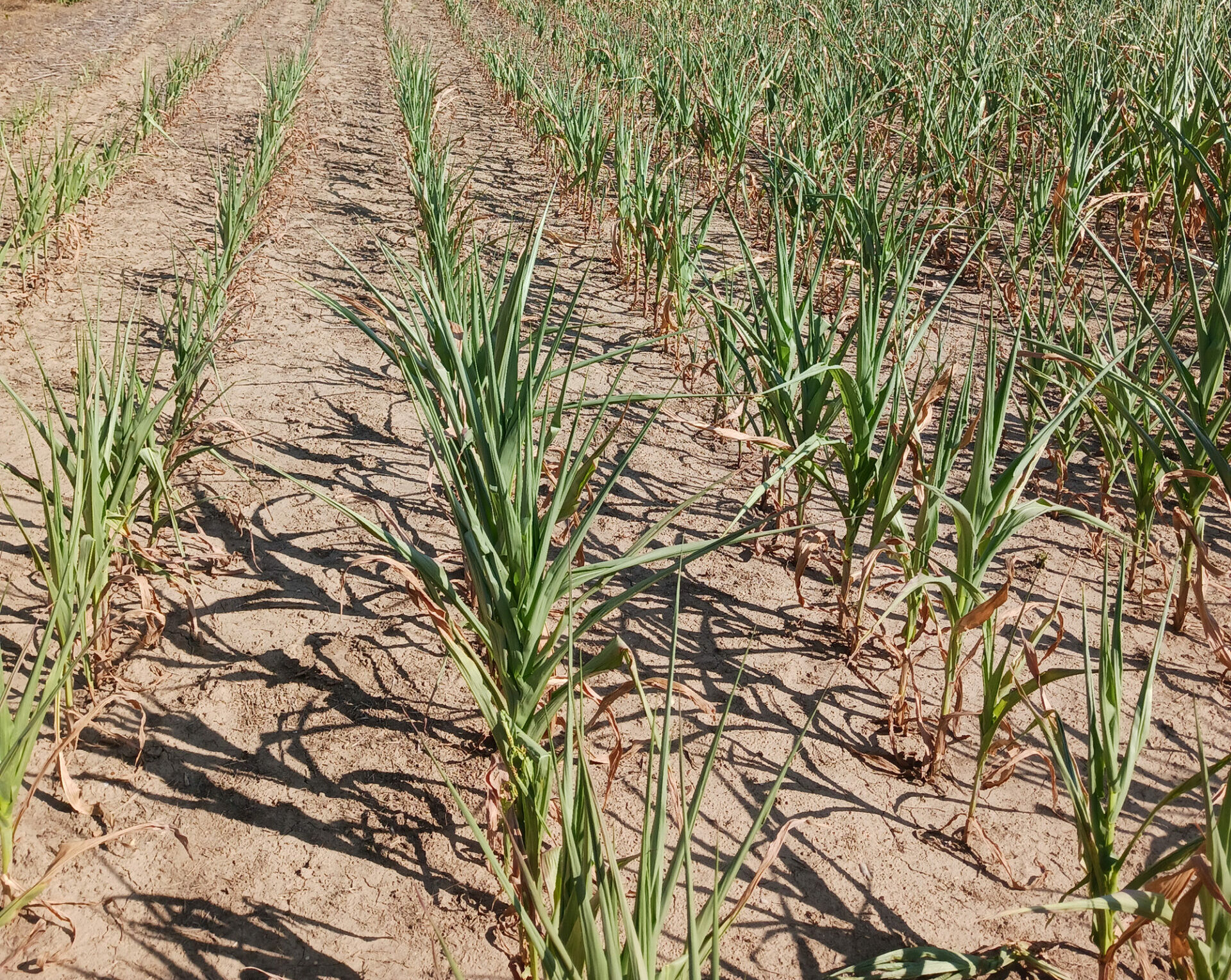Now is time for 911 emergency forages

BOONVILLE, Mo. — Forage producers searching for options amid sustained drought should consider emergency forages, says Todd Lorenz, University of Missouri Extension agronomy specialist.
The drought is not going away and producers need to find a way to fill feed gaps, he says. Three years of back-to-back drought leave producers searching for options.
The 2021 season ended with less-than-average fall precipitation in central Missouri. The 2022 growing season opened with a moisture deficit deep into the soil profile.
In a press release, Lorenz said, “The impact of 2022 weather extremes, where both livestock and row crop production sustained challenges for the entire year, has now triggered even more challenges in 2023.”
Forage production this year has not been enough to sustain the livestock numbers on hand, he says. In many cases, producers who had already culled the herd last year are selling off some of their improved genetics or having to pay extreme prices for hay.
Water sources for livestock were stressed last year and have continued dropping to levels not seen since 1980, Lorenz says. Many producers are now forced to haul water for livestock.
Now that forage and livestock producers have become mentally adapted to this ongoing drought cycle, the question most often asked is, “Where do I go from here?”
The intensity and duration of this drought affect the health and vigor of the existing forage base. Overgrazing in 2022 followed by added stress in 2023 have diminished the stand even further.
Lorenz says producers can try several things that will help. But if it doesn’t rain until late October, options dry up quickly.
Lorenz offers the following ideas:
- Consider late summer/fall annuals. Options for emergency forages in the late summer/early fall include turnips, oats, cereal rye, triticale, wheat and annual ryegrass.
- Boost stockpiles with nitrogen in August. Additions of nitrogen applied to fescue in August should provide a significant increase of stockpile as a late fall to winter forage option. See “Best Management Practices for Nitrogen Fertilizer in Missouri” at https://extension.missouri.edu/ipm1027.
- Get a soil test. If you haven’t had a recent soil test, do so. Inter-seeding and overseeding will not be successful without adequate fertility.
Other considerations for emergency forages:
- Turnips. Grazing availability after 70 days. Livestock will eat the leaves and bulbs (root). The tiny and hard seed coat allows for broadcast seeding.
- Oats. Quick growth but short life span – they will die out in the winter. Good tonnage but poor tolerance to overgrazing.
- Cereal rye. Excellent fall tonnage and quality. Good regrowth after grazing.
- Triticale. Genetic cross between cereal rye and wheat with a compromise of tonnage and quality.
- Wheat. Little fall growth but higher quality than cereal rye and triticale.
- Stockpiled fescue. Apply nitrogen in August and start strip grazing in November.
Drought can create an opportunity to improve drought-thinned pasture stands and their long-term quality. Lorenz gives several considerations:
- Thicken stands. Thicken thin by overseeding or no-till drilling. Fall is the best time to establish cool-season grasses. This might be the time to consider establishing some novel-endophyte varieties instead of the toxic fescue.
- Broadcast legumes. Stands that do not meet the need for overseeding might benefit from adding legumes. These are typically frost-seeded in February.
- Convert some pastures. The benefits of native warm-season grass are often seen during drought conditions. It might be time to consider converting 10%-25% of your acres for next year, says Lorenz.
- Practice rotational grazing. Even a simple rotation can stretch your grazing capacity and reduce overgrazing and stand decline.
- Buy or keep reserves on hand. Always have a reserve supply of feed when possible.
More information
MU Extension drought resources page: https://mizzou.us/DroughtResources.
“Drought-Related Issues in Forage, Silage and Baleage” (MU Extension publication): https://extension.missouri.edu/agw1017.
Miss Clipping Out Stories to Save for Later?
Click the Purchase Story button below to order a print of this story. We will print it for you on matte photo paper to keep forever.
